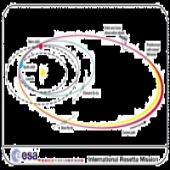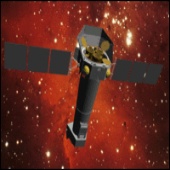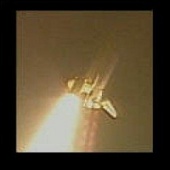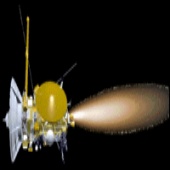ESA Science & Technology - News Archive
News archive
News archive
Published: 14 December 1998
Published: 13 December 1998
Published: 9 December 1998
Published: 8 December 1998
Published: 7 December 1998
Published: 7 December 1998
Published: 6 December 1998
Published: 6 December 1998
Published: 3 December 1998
Published: 3 December 1998
Published: 3 December 1998
Published: 2 December 1998
Published: 1 December 1998
Published: 1 December 1998
Published: 30 November 1998
Published: 30 November 1998
Published: 29 November 1998
Published: 26 November 1998
Published: 23 November 1998
Published: 23 November 1998
—
20 Items per Page



















